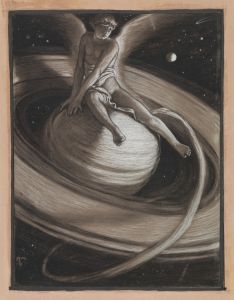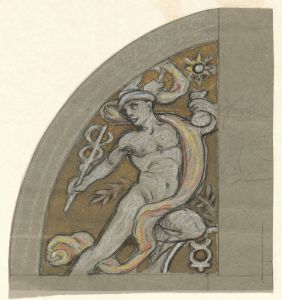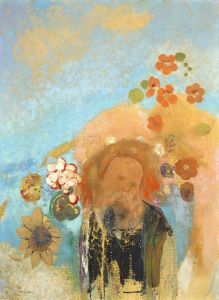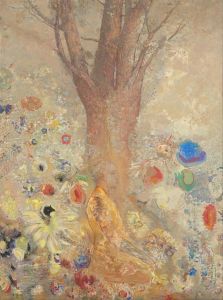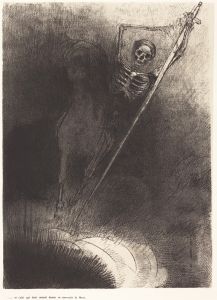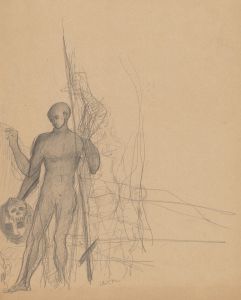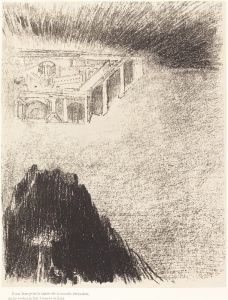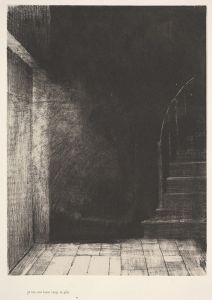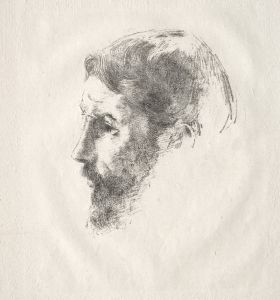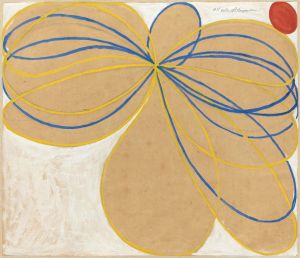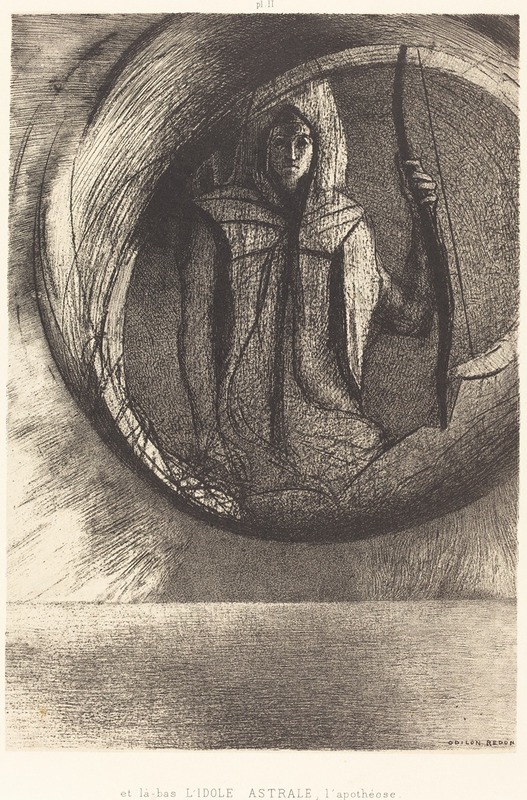
Et la-bas l’idole astrale, l’Apotheose
A hand-painted replica of Odilon Redon’s masterpiece Et la-bas l’idole astrale, l’Apotheose, meticulously crafted by professional artists to capture the true essence of the original. Each piece is created with museum-quality canvas and rare mineral pigments, carefully painted by experienced artists with delicate brushstrokes and rich, layered colors to perfectly recreate the texture of the original artwork. Unlike machine-printed reproductions, this hand-painted version brings the painting to life, infused with the artist’s emotions and skill in every stroke. Whether for personal collection or home decoration, it instantly elevates the artistic atmosphere of any space.
Odilon Redon was a French symbolist painter, printmaker, draughtsman, and pastellist, known for his unique and imaginative works that often explored themes of dreams, fantasy, and the subconscious. One of his works, "Et là-bas l’idole astrale, l’Apothéose," reflects his distinctive style and thematic interests. However, specific information about this particular piece is limited, and it is not one of his most widely documented works.
Redon was born on April 20, 1840, in Bordeaux, France, and he developed an early interest in art. He studied under Jean-Léon Gérôme and later under Rodolphe Bresdin, who influenced his early work. Redon's early career was marked by his charcoal drawings and lithographs, often referred to as his "noirs," which depicted mysterious and fantastical subjects.
The Symbolist movement, with which Redon is closely associated, emerged in the late 19th century as a reaction against the naturalism and realism that dominated the art world at the time. Symbolists sought to express the emotional and spiritual experiences of the human psyche, often through the use of metaphorical and dreamlike imagery. Redon's work is characterized by its ethereal quality and the use of vivid colors, particularly in his later pastels and oil paintings.
"Et là-bas l’idole astrale, l’Apothéose" likely fits within the broader context of Redon's exploration of mystical and otherworldly themes. His works often feature fantastical creatures, mythological figures, and dreamlike landscapes, inviting viewers into a world of imagination and introspection. Redon's art was heavily influenced by literature, music, and philosophy, and he often drew inspiration from writers such as Edgar Allan Poe, Charles Baudelaire, and Stéphane Mallarmé.
While specific details about "Et là-bas l’idole astrale, l’Apothéose" are scarce, it can be assumed that the piece embodies Redon's fascination with the astral and the divine, as suggested by the title. The term "apothéose" refers to the elevation of someone to divine status, a theme that Redon explored in various works. His interest in the celestial and the mystical is evident in many of his paintings, where he often depicted celestial bodies, religious figures, and scenes of transcendence.
Redon's work was not widely recognized during his early career, but he gained greater appreciation in the art world towards the end of his life. He participated in several exhibitions, including the Salon des Indépendants and the Salon d'Automne, where his work was well-received by critics and fellow artists. Today, Redon is celebrated as a pioneer of modern art, and his influence can be seen in the works of later artists such as the Surrealists.
In summary, while detailed information about "Et là-bas l’idole astrale, l’Apothéose" is limited, it is representative of Odilon Redon's broader artistic themes and style. His work continues to captivate audiences with its imaginative and introspective qualities, offering a glimpse into the depths of the human psyche and the mysteries of the universe.





